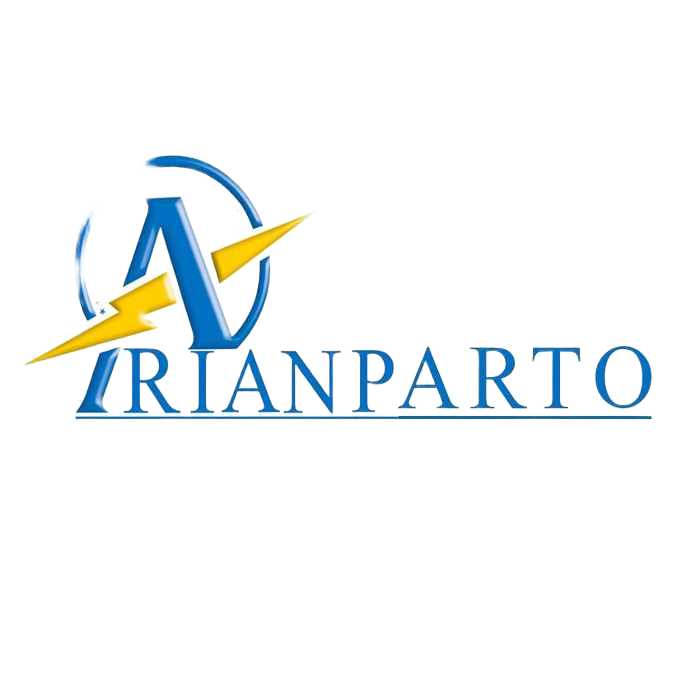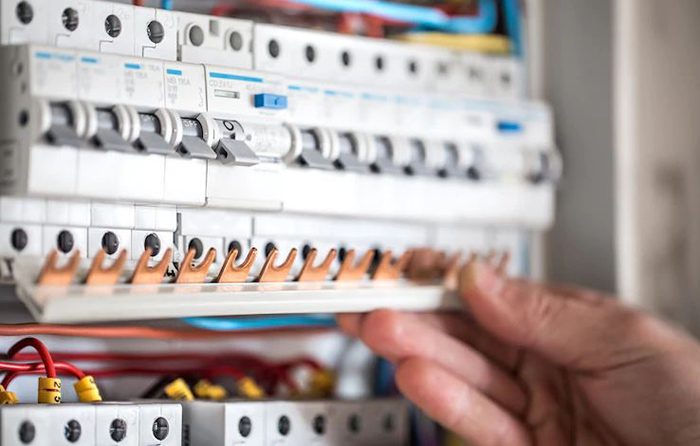An electrical panel is an enclosure for electrical equipment that ensures proper communication between electrical device components and protects the equipment from voltage drops, shocks, and electrical fluctuations. Various types of electrical panels with special specifications and features are designed and introduced to the market by reputable companies for different applications. One of the most common types of electrical panels used in industrial factories is the PLC electrical panel, which is installed and set up to control and monitor the production process. A PLC electrical panel is a modular system that functions as a programmable logic controller (PLC) for automating the control processes of various equipment.
Arianparto Technical and Engineering Group is a reputable player in the field of designing, installing, and repairing electrical panels, including PLC panels, with a team of experienced and skilled technicians. They offer the design and construction of PLC Switchboards based on customer orders with the best quality, competitive pricing, and fast installation and support. Therefore, if you’re looking for an ideal electrical panel for controlling motors, pumps, fans, and various industrial equipment, we recommend you stay with us until the end of this article for complete information about PLC electrical panels, their technical specifications, pricing, and how to order from Arianparto.
What is a PLC Switchboard and What Are Its Applications?
A Programmable Logic Controller (PLC) electrical panel is an essential component in industrial automation systems, serving as the brain of automated processes and providing precise control over machinery, electrical circuits, and production lines. These panels enable faster device integration through communication ports, allowing real-time data exchange and facilitating more accurate control.
PLC Switchboards are widely used in manufacturing, power plants, oil and gas industries, water treatment facilities, and building automation. These panels replace traditional relay-based control systems with a programmable, highly flexible solution, ensuring efficient control of complex processes. They are available in various sizes and configurations, making them customizable based on factory needs and the specific machinery to be controlled.
Manufacturers, such as Arinparto, design and produce PLC electrical panels made from electrostatic-coated iron sheets, ensuring durability and protection. These panels control industrial processes like motors, pumps, circuit breakers, and more, enabling automatic and efficient operations in industrial settings.
Features and Technical Specifications of PLC elecrtical Panels
PLC electrical panels come with various components and features that enable seamless automation and control. Their technical specifications depend on the application and industry requirements.
- PLC Unit – The core processor that executes programmed logic.
- Input/Output (I/O) Modules – Interfaces for sensors, switches, motors, and actuators.
- Communication Ports – Support for Ethernet, Modbus, Profibus, and other protocols.
- Human-Machine Interface (HMI) – A touchscreen or display for user interaction.
- Power Supply Unit – Provides stable voltage to PLC components.
- Circuit Protection Devices – Includes fuses, circuit breakers, and surge protectors.
- Networking Capabilities – Enables remote monitoring and data transmission.
Additionally, PLC Switchboards offer significant advantages in industrial automation, such as improved control over production processes, energy efficiency, and the ability to diagnose and troubleshoot issues quickly. The resistant body and excellent protection against humidity and vibrations ensure long-term durability. High-end PLC electrical panels also include diagnostic tools, real-time data logging, and integration with SCADA (Supervisory Control and Data Acquisition) systems. These systems are customizable to fit the specific needs of clients and applications, allowing for tailored, flexible solutions.
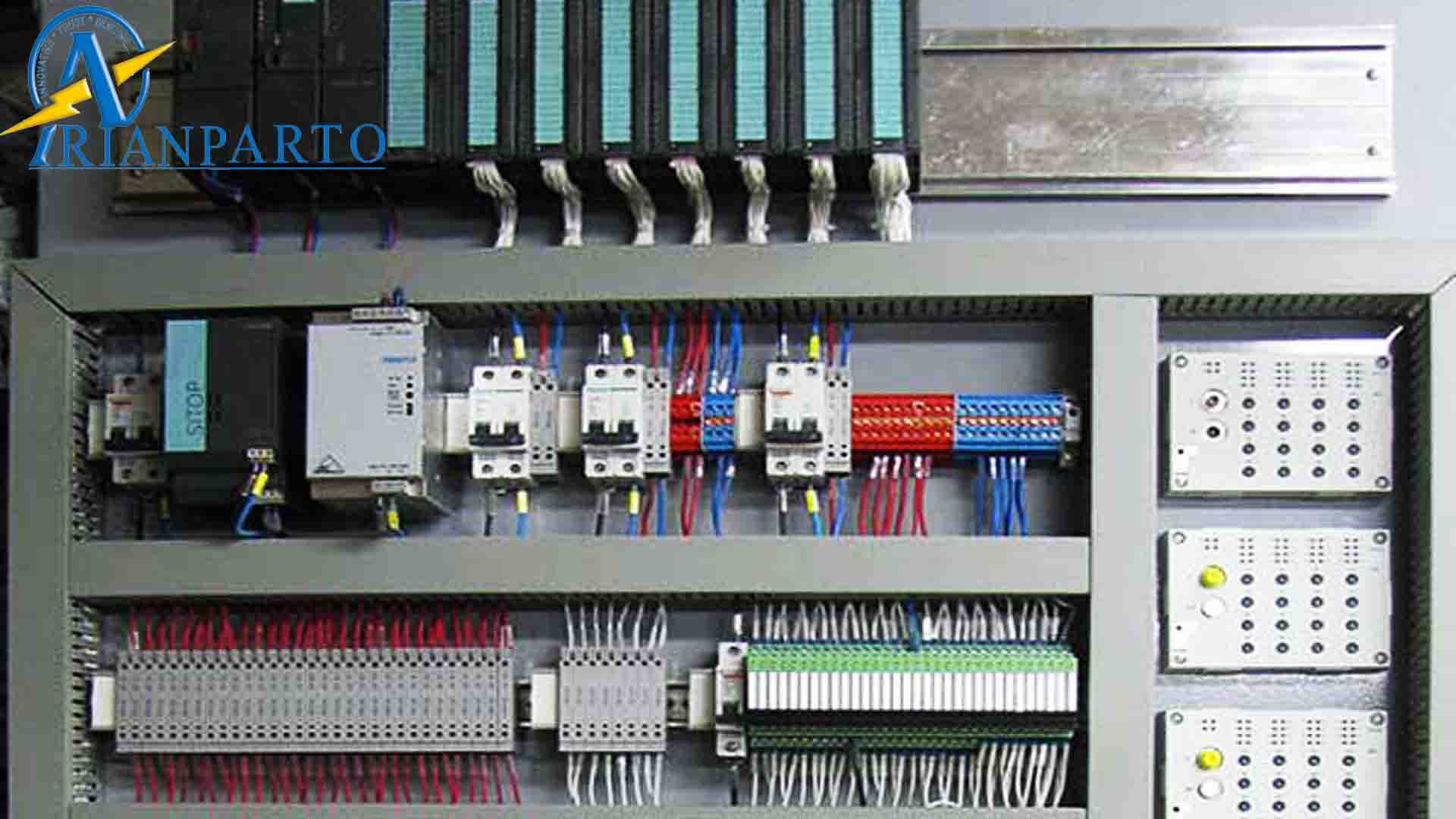
Cost of PLC Switchboards and Influencing Factors
The price of a PLC Switchboard varies based on multiple factors, including:
PLC Brand and Model – Premium brands like Siemens, Allen-Bradley, and Schneider Electric cost more.
Number of I/O Modules – Higher I/O counts increase the panel’s complexity and cost.
Communication Capabilities – Panels with Ethernet, wireless, or cloud-based control cost more.
Customization Level – Fully customized panels designed for specific industries are more expensive.
Safety and Protection Features – Advanced protective devices and redundant systems raise the price.
Installation and Programming Costs – Some providers include setup and software programming in the total cost.
For industrial applications, companies like Arinparto provide expert consultation and design services. Buyers must first connect with professionals to understand their specific needs, ensuring the right custom design for their automated processes. The cost of the PLC Switchboard is determined by various factors such as the material quality, brand, I/O configuration, and additional specialized equipment.
Buying Guide: Ordering a PLC Switchboard from Arianparto
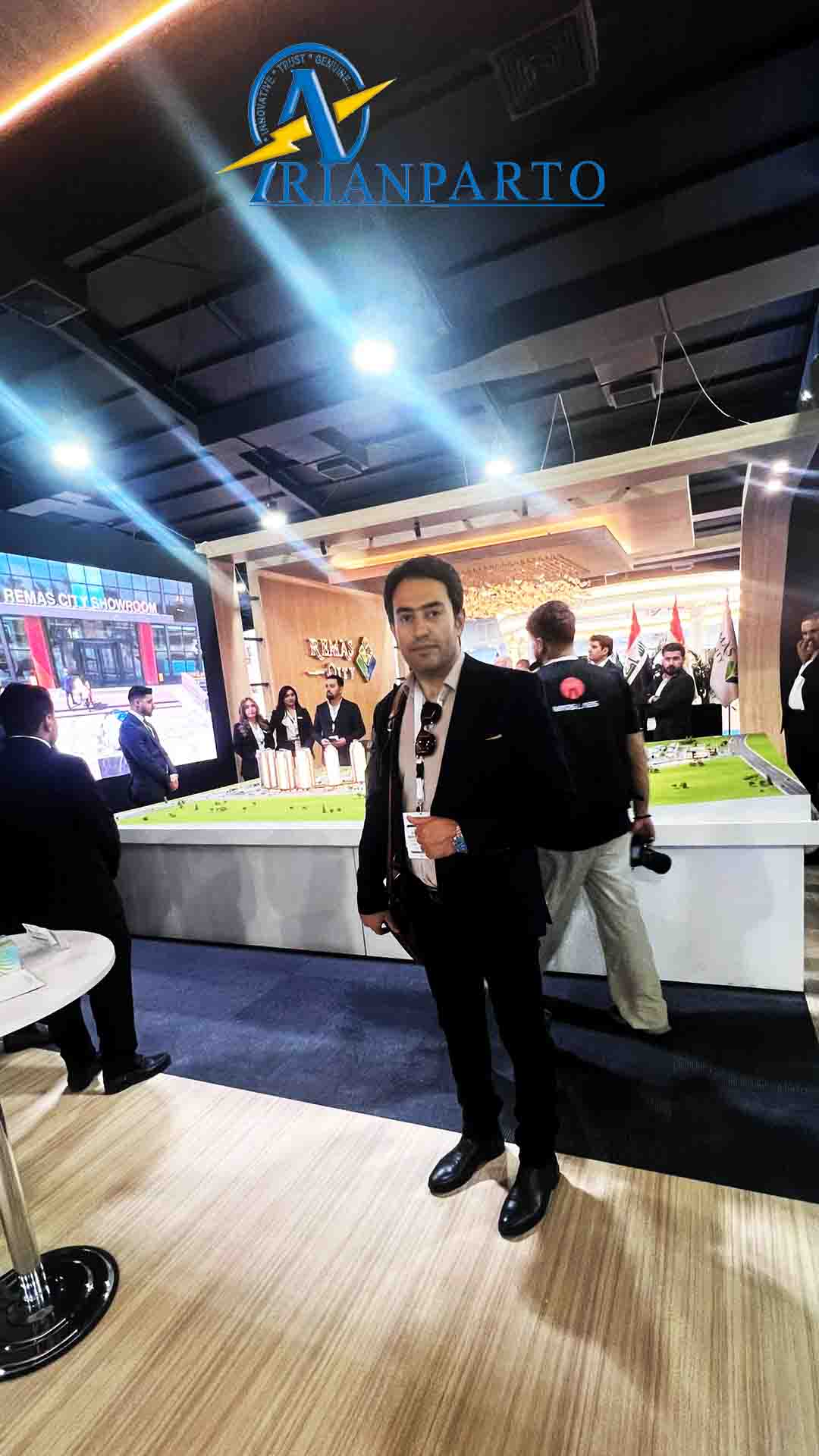
Purchasing a PLC elecrtical panel from Arianparto involves the following steps:
Define Your Requirements – Specify the number of I/O modules, voltage requirements, and communication protocols.
Consult with Experts – Get technical advice on choosing the right PLC model and configuration.
Request a Quote – Contact Arian Parto to receive a detailed price estimate.
Customize Your Order – Select additional features such as HMI displays, alarms, and data logging.
Confirm Purchase and Delivery – Finalize the order, confirm lead times, and schedule delivery.
Installation and Support – Professional installation and after-sales support ensure smooth operation.
Arian Parto Group specializes in the design, installation, maintenance, and repair of various electrical panels, providing a seamless experience for customers. Before placing an order, you can consult with our experts to discuss your requirements and provide technical details for an accurate cost estimate.
If you’re looking to order a custom PLC electrical panel, feel free to contact us at 09122897312 for professional advice and pricing information. Our team is ready to assist you in finding the best solution for your project!
Frequently Asked Questions About PLC Switchboard
-
What Are the Main Uses of PLC Switchboards?
PLC control panels are primarily used for automating industrial processes, controlling machinery, and monitoring real-time data in various industries, including manufacturing, power plants, water treatment facilities, and smart buildings. They play a critical role in managing production lines, reducing downtime, improving operational efficiency, and enhancing safety. PLC control panels can be utilized for tasks such as controlling motors, pumps, lights, and other electrical devices, ensuring smooth and automated operations in a wide range of applications.
-
How Can PLC Control Panels Be Customized?
PLC control panels can be customized based on specific industrial needs. Customization options include:
I/O Modules – Configuring the number of inputs and outputs to match the number of sensors, actuators, and devices in the system.
Networking Capabilities – Adding wireless communication, Ethernet, or other protocols for remote monitoring and data sharing.
Panel Size and Design – Customizing the panel’s dimensions and layout to fit available space and accommodate all components.
Software Integration – Programming the PLC to interface with existing automation systems, including SCADA (Supervisory Control and Data Acquisition) and HMI (Human-Machine Interface).

-
What Maintenance is Required for PLC Control Panels?
PLC control panels require periodic maintenance to ensure proper functioning and extend their lifespan. Common maintenance tasks include:
Inspection of Connections – Regularly checking the electrical connections to ensure no loose wires or corroded terminals.
Cleaning – Dust and debris can accumulate, affecting performance. Keeping the panel clean prevents overheating and ensures proper airflow.
Software Updates – Keeping the control software up-to-date ensures compatibility with new equipment and protocols.
Testing – Regularly testing the system for faults, such as circuit breakers, relays, and sensors, helps prevent unexpected downtime.
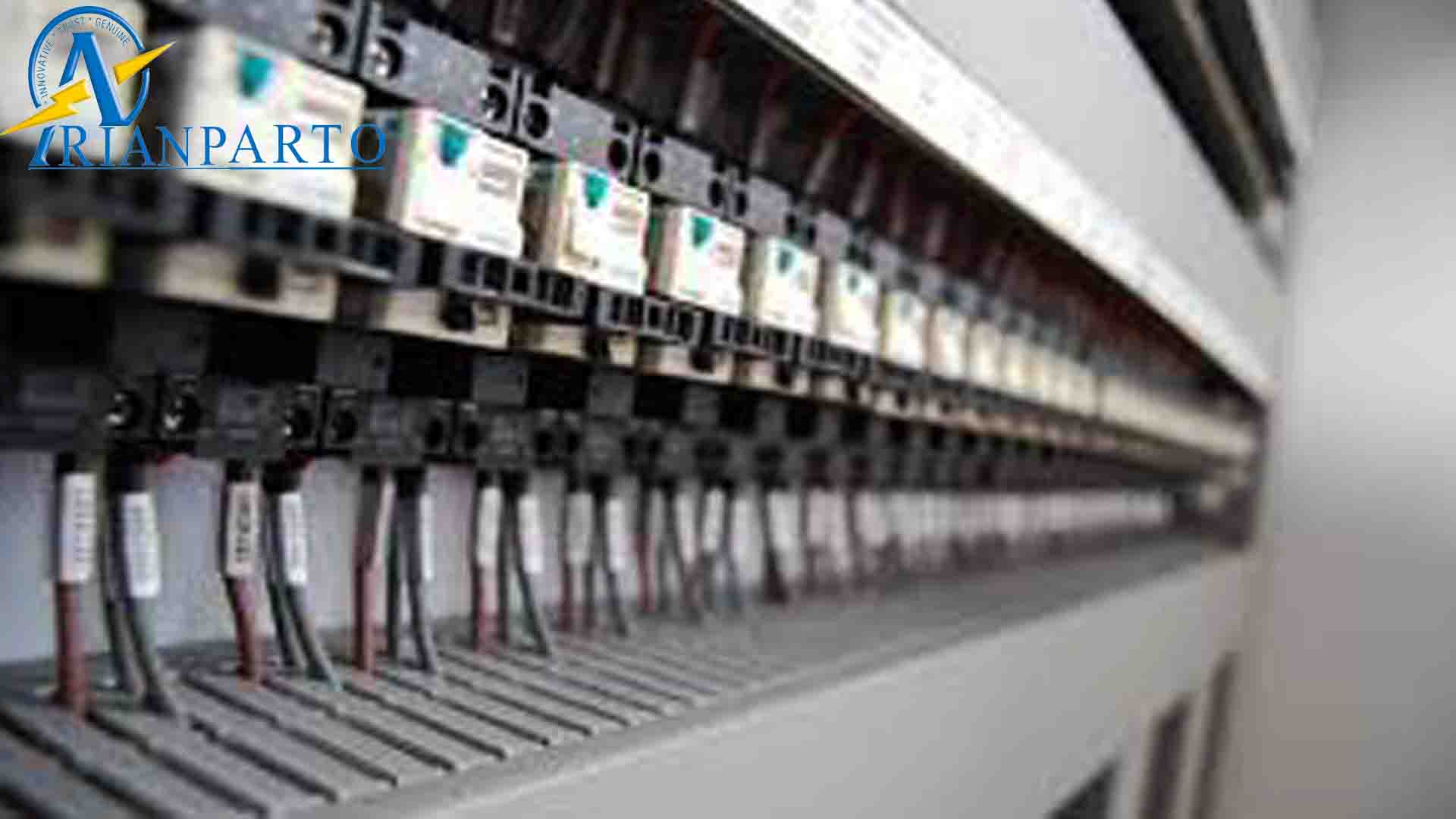
-
How Long Does a PLC Control Panel Last?
The lifespan of a PLC control panel typically depends on the quality of its components, usage conditions, and maintenance practices. Well-maintained systems can last 10 to 20 years or more. Factors such as frequent power surges, extreme environmental conditions (e.g., temperature, humidity), and lack of regular servicing can shorten the lifespan of the components. Proper installation and periodic maintenance will help extend the service life of the panel.
-
Can a PLC Control Panel Be Upgraded or Expanded?
Yes, PLC control panels can be upgraded or expanded to meet evolving needs. You can add extra I/O modules, improve networking capabilities, or even replace the PLC unit with a more powerful version if the system demands more processing power. Additionally, panels with modular designs offer the flexibility to expand the enclosure or integrate additional devices as production scales. Upgrading the software or integrating newer technologies is also possible to enhance the system’s functionality.
